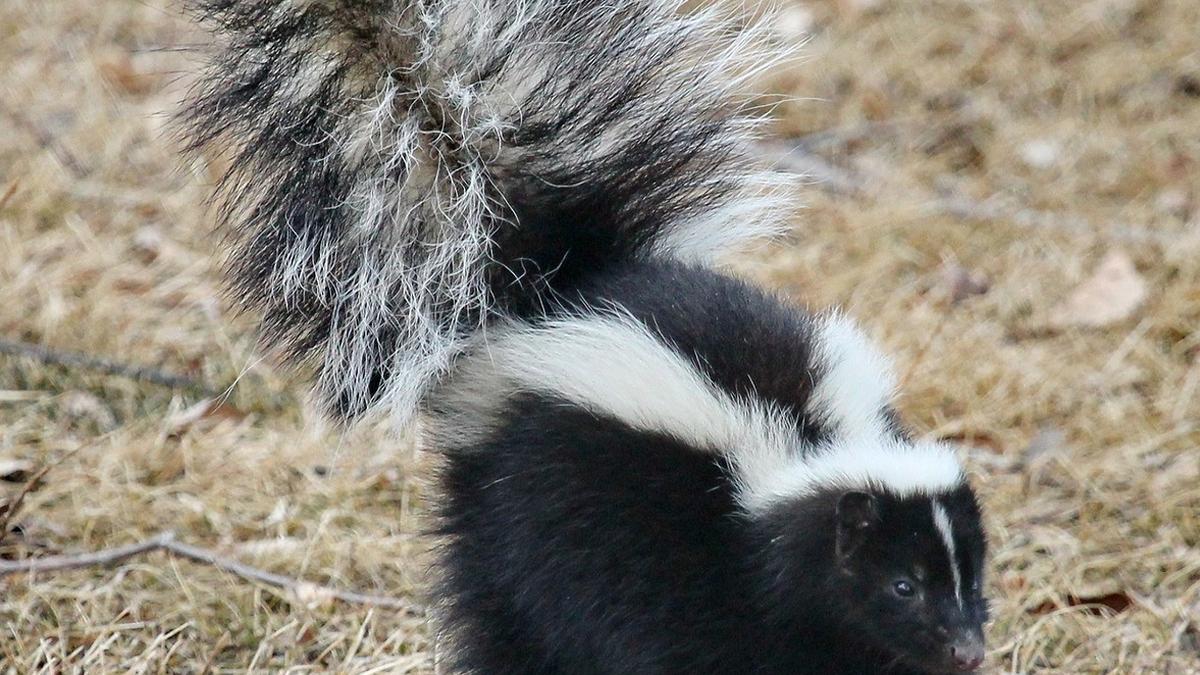
How skunks make their stink bombs
The Hindu
If there ever were a list of stinky animals, the skunk would be the chart-topper. In the movie, The Lion King, young Simba gets a warning about the infamous power of skunks from Timon and Pumba. Let’s discover what makes the skunk’s smell so horrendous…
If there ever were a list of stinky animals, the skunk would be the chart-topper. In the movie, The Lion King, young Simba gets a warning about the infamous power of skunks from Timon and Pumba. Let’s discover what makes the skunk’s smell so horrendous…
Skunks are small mammals that are native to the Americas. They can be found all the way from Canada to South America. A few species are also found in Indonesia and the Philippines. Skunks are quite similar in appearance to ferrets and polecats. What makes them distinct is their black fur and white stripes. All of them are closely related to the weasel family, with strong scent glands. The skunks, however, are particularly notorious for their stinky smell.
Skunks are largely solitary creatures. Their diet comprises insects, mice, and all kinds of plants. They have a strong sense of smell and hearing but poor eyesight which can make them easy prey for predators such as foxes, wolves, and badgers. Which is why skunks have a unique defence mechanism to ward off attacks by predators - the sprayer, which releases the horrible-smelling secretion.
Skunks usually do not spray on the first go. They will try other ways of scaring off a predator, including hissing, stomping their feet, and lifting their tails before simulating the spray. The spray is a liquid produced by the animal’s anal glands which contains an oily chemical compound called thiol. Sulphur is one of the main components and the smell can be described as a combination of rotten eggs, garlic, and burnt rubber. Phew!
Skunks are born with the ability to make and spray thiols from birth. They have two glands located on each side of their anus and can eject up to 5 ml of this oil per gland (so up to a total of 10 ml, which is 2 teaspoonfuls). Despite their small size, they have an impressive aim and hit targets with accuracy up to 10 feet. They only carry enough of this chemical for five to six uses and they require up to 10 days to produce a new supply.
The scent can be so strong that it can be smelled up to half a mile away and can linger for days to weeks. This is because the compounds within the oil interact with water, to reactivate the odour making the smell hard to get rid of.
Unfortunately, the great-horned owl is the only predator that is not deterred by a skunk’s spray as it has a very poor sense of smell. These owls are one of the few animals that regularly eat skunks.













